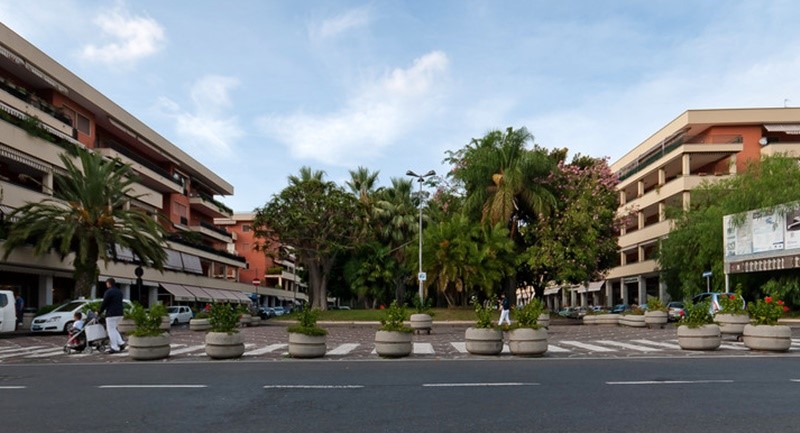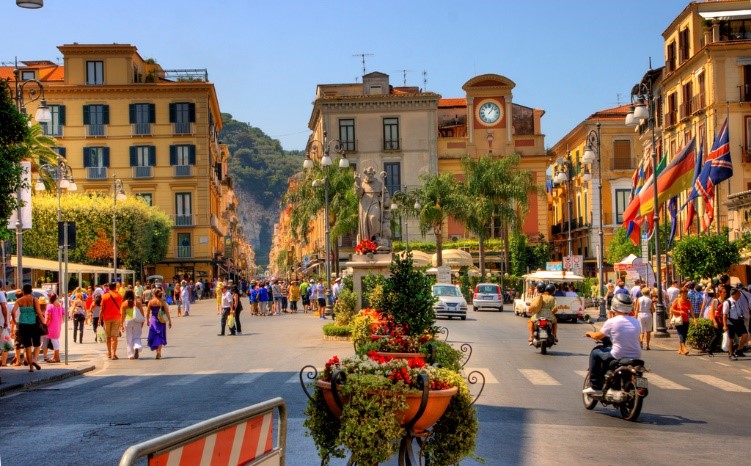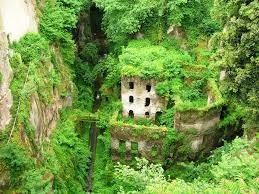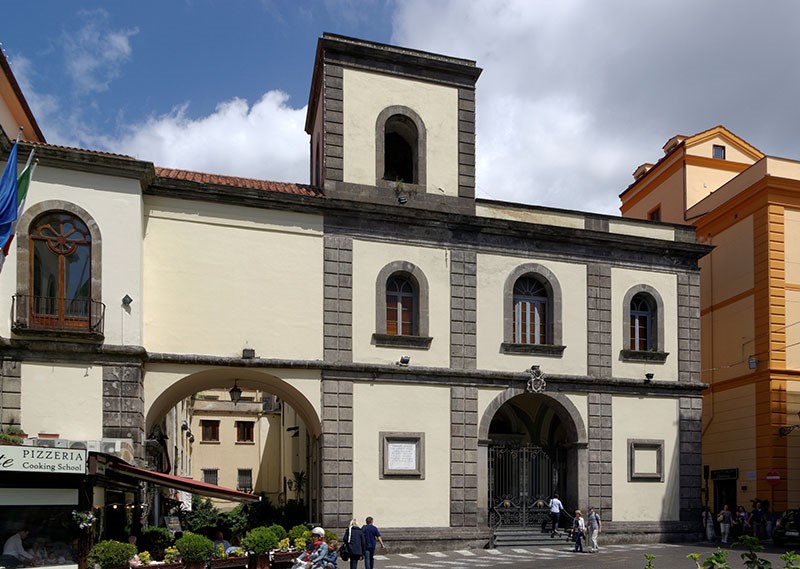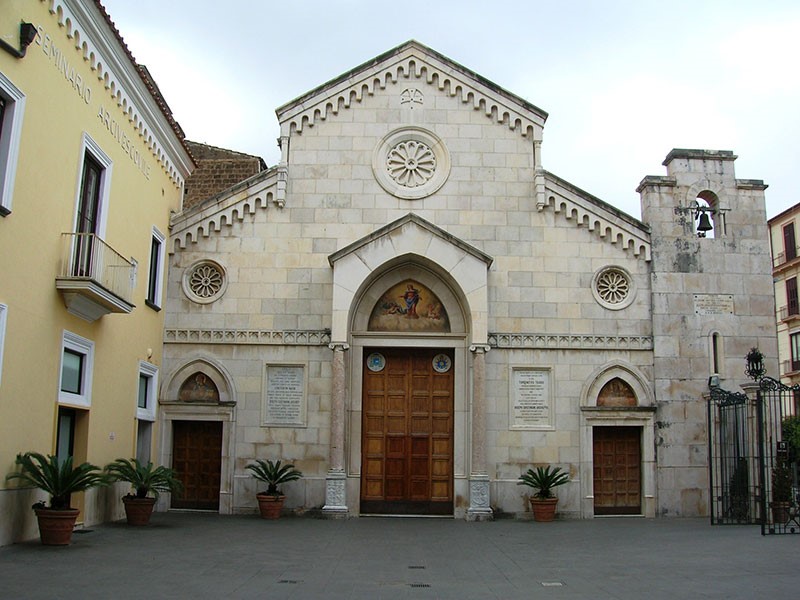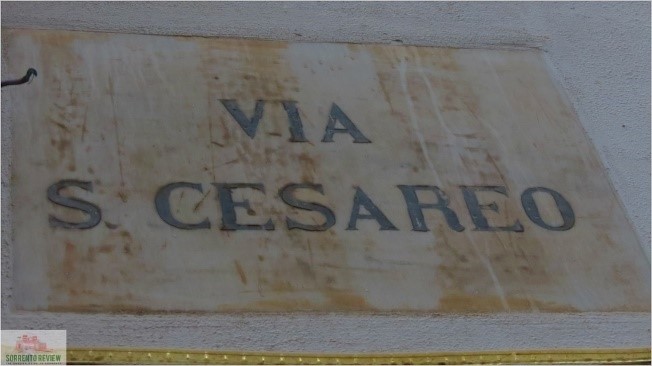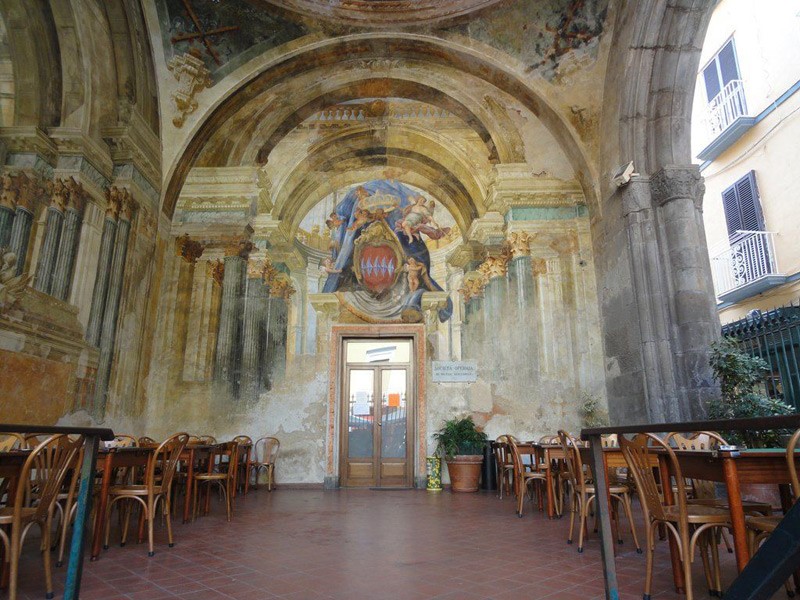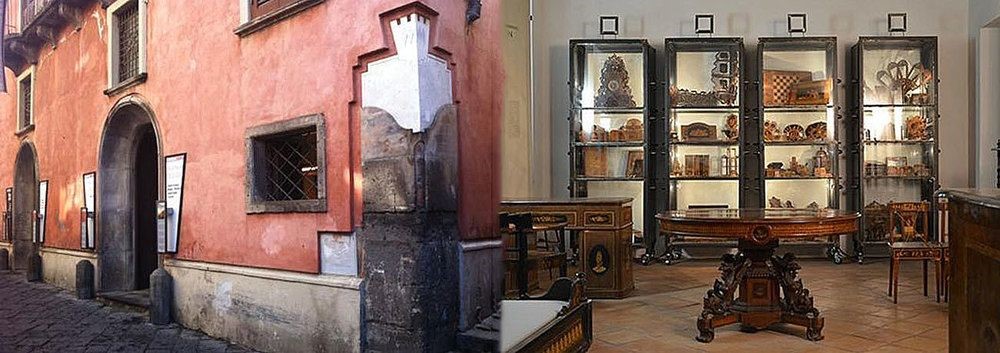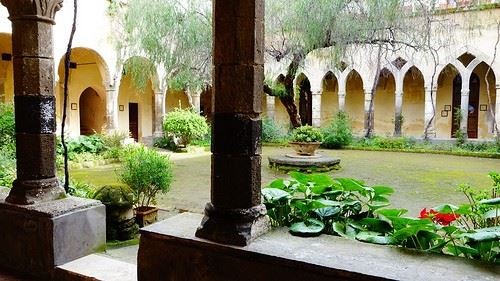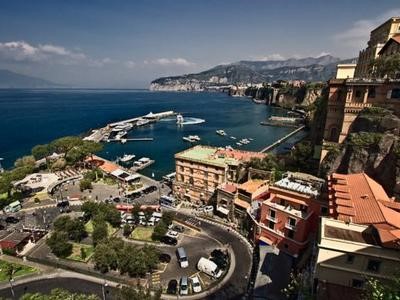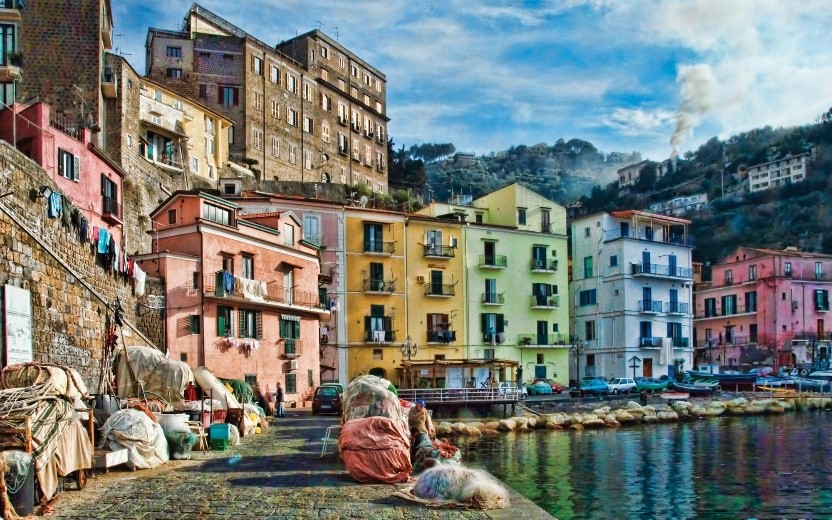Sorrento is a coastal area of the Sorrento Peninsula which lies opposite the Bay of Naples.
Built on the cliff that separates it from its crowded harbor, Sorrento is famous throughout the world for the sea view and is also the protagonist of many songs and poems and as a famous journalist says:
"Few cities can boast of its truly enchanting, romantic, delicious, and extremely amenable situation, which can not be expressed in a few words; also for the laughing and graceful promontory of its famous name, as for the pure and saluberrima aria, waves was called naturae miraculo and highly renowned. "






